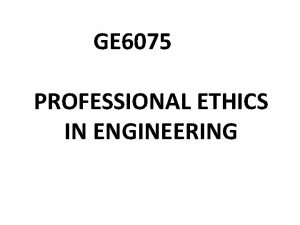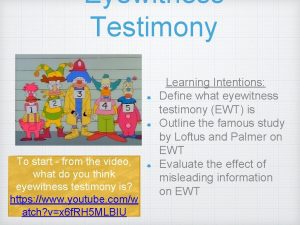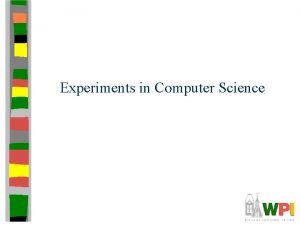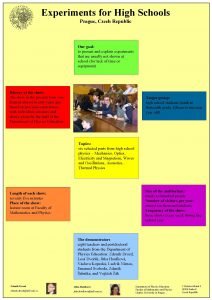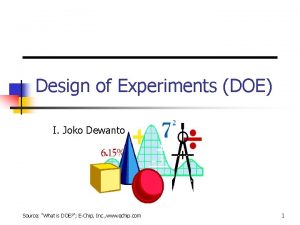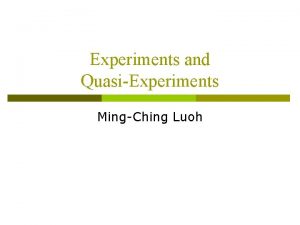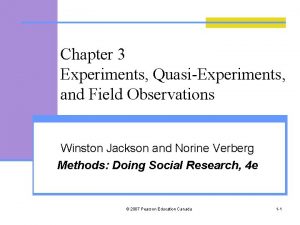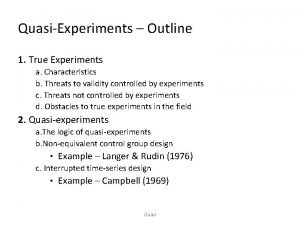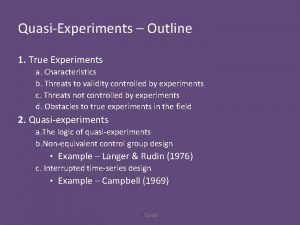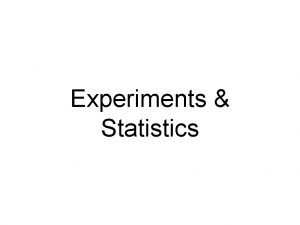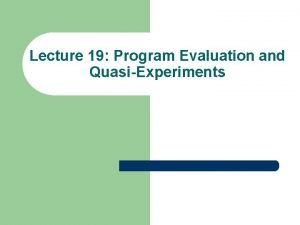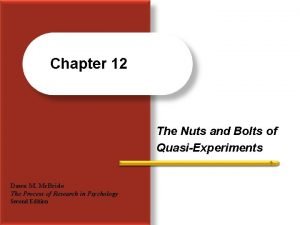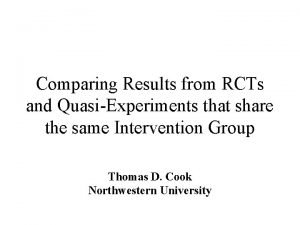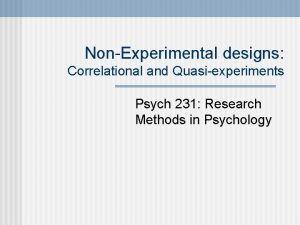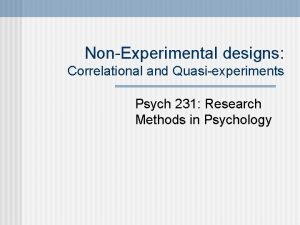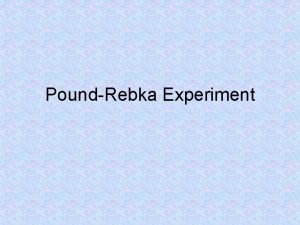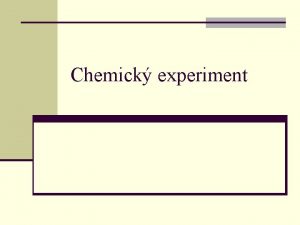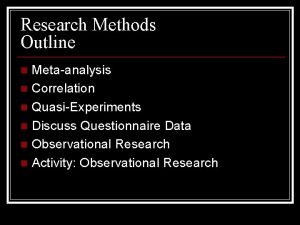1 Experiments and QuasiExperiments 2 Introduction Experiment using


















- Slides: 18

1 Experiments and Quasi-Experiments

2 Introduction • Experiment: using a controlled situation to observe a result • Involves taking and observing action • Great for hypothesis-testing • Theory-full

3 The Classical Experiment • Involves three major pairs of components: • Independent and dependent variables • Pre-Testing and Post-Testing • Experimental and Control groups • Randomization

4 Variables, X and Y • X = Independent Variable (IV), cause, influencer • Y = Dependent Variable (DV), effect, outcome

5 Control and Experimental Groups • Experimental group – exposed to whatever treatment, policy, initiative we are testing • Control group – very similar to experimental group, except that they are NOT exposed

6 Selecting Subjects • Decide on target population 1 st– the group to which the results of your experiment will apply • Cardinal rule – ensure that C and E groups are as similar as possible • Randomization helps towards this

7 Hawthorne Effect • Pointed to the necessity of control groups • IV: improved working conditions (better lighting) • DV: improvement in employee satisfaction and productivity • Workers were responding more to the attention than to the improved working conditions

8 Placebo • We often don’t want people to know if they are receiving treatment or not • We expose our control group to a “dummy” IV just so we are treating everyone the same • Medical research: participants don’t know what they are taking • Ensures that changes in DV actually result from IV and are not psychologically based

9 Pre-Testing and Post-Testing • First, subjects measured on DV prior to association with the IV (pre-tested) • Next, subjects are exposed to the IV • Third, subjects are remeasured in terms of the DV (post-tested) • Difference? --must be the intervention!

10 Double-Blind Experiment • Subjects and experimenters do not know who is in the control and experimental groups

11 Experiments and Causal Inference • Experimental design ensures: • Cause precedes effect via taking posttest • Empirical correlation exists via comparing pretest to posttest • No spurious 3 rd variable influencing correlation via posttest comparison between experimental and control groups, and via randomization

12 Internal Validity Threats (12) • Conclusions drawn from experimental results may not reflect what went on in experiment 1. History – external events may occur during the course of the experiment 2. Maturation – people grow 3. Testing – the process of testing and retesting

13 More Internal Validity Threats 4. Instrumentation – Changes in the measurement process 5. Statistical regression – Extreme scores regress to the mean 6. Selection bias – the way in which subjects are chosen 7. Experimental mortality – subjects may drop out prior to completion of experiment 8. Causal time order – ambiguity about order of stimulus and DV – which caused which?

14 Last, Internal Validity Threats 9. Diffusion/imitation of treatment – when E and C groups communicate, E group may pass on elements to C 10. Compensatory treatment – C group is deprived of something considered to be of value 11. Compensatory Rivalry – C group deprived of the stimulus may try to compensate by working harder 12. Demoralization – feelings of deprivation result in C group giving up

15 Construct Validity Threats • Concerned with generalizing from experiment to actual causal processes in the real world • Link construct and measures to theory • Clearly indicate what constructs are represented by what measures • Decide how much treatment is required to produce change in DV

16 External Validity Threats • Significant for experiments conducted under carefully controlled conditions rather than more natural conditions • But, this reduces internal validity threats! • A conundrum! • Suggestion – explanatory studies -> internal validity; applied studies -> external validity

17 Statistical Conclusion Validity Threats (Low Power) • Problem is likely when using small samples • With more cases, it is easier to see more differences

18 Quasi-Experimental Designs • When? —randomization not possible • Quasi = “to a certain degree” or, in short, “like”
 What is diffusion
What is diffusion Biased and unbiased samples
Biased and unbiased samples Conducting the surveys experiments observation
Conducting the surveys experiments observation 2k factorial experiments and fractions
2k factorial experiments and fractions Chapter 13 experiments and observational studies
Chapter 13 experiments and observational studies Miller and urey's experiments attempted to demonstrate
Miller and urey's experiments attempted to demonstrate Counting rule for multiple-step experiments
Counting rule for multiple-step experiments Animal research pros and cons
Animal research pros and cons Ddo vulnerability
Ddo vulnerability![[http://earthobservatory.nasa.gov/experiments/biome/] [http://earthobservatory.nasa.gov/experiments/biome/]](data:image/svg+xml,%3Csvg%20xmlns=%22http://www.w3.org/2000/svg%22%20viewBox=%220%200%20200%20200%22%3E%3C/svg%3E) [http://earthobservatory.nasa.gov/experiments/biome/]
[http://earthobservatory.nasa.gov/experiments/biome/] Test your hypothesis
Test your hypothesis Jean piaget (1896-1980)
Jean piaget (1896-1980) A balanced outlook on law
A balanced outlook on law Science experiments for highschool
Science experiments for highschool Eyewitness testimony video experiments
Eyewitness testimony video experiments Computer science experiments
Computer science experiments Czech experiments
Czech experiments Dna molecule diagram
Dna molecule diagram Design of experiments doe
Design of experiments doe
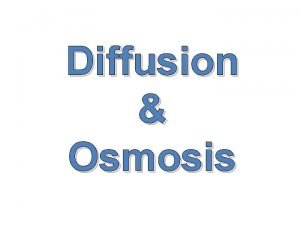
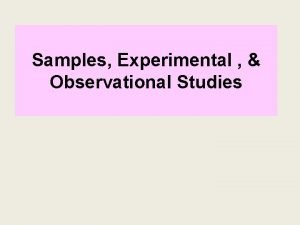
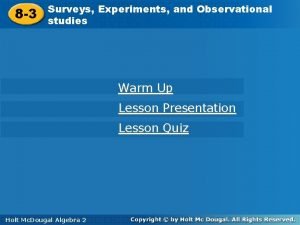

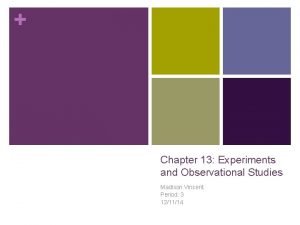

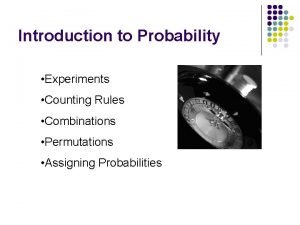
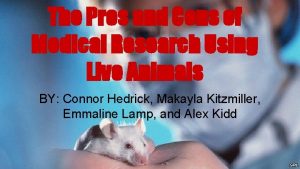
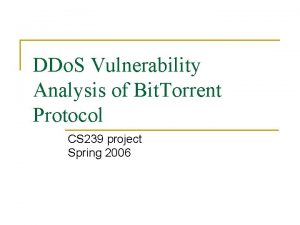
![[http://earthobservatory.nasa.gov/experiments/biome/] [http://earthobservatory.nasa.gov/experiments/biome/]](https://slidetodoc.com/wp-content/uploads/2020/11/1537165_35fb5ecc588217ed14768e866616d64b-300x169.jpg)


